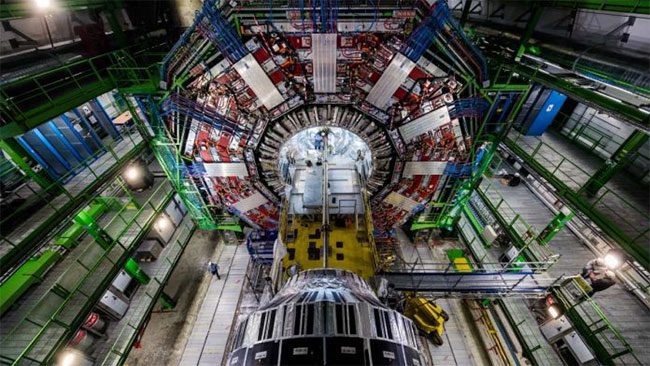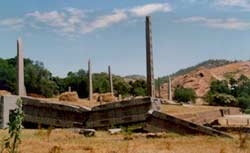Restarting the Large Hadron Collider (LHC) this week after a temporary shutdown due to the COVID-19 pandemic.

Large Hadron Collider (LHC). (Photo: newzflash.in).
The restart of the LHC is a complex process, and researchers at CERN are working diligently to carry out this task to pave the way for dark matter research.
According to Rende Steerenberg, head of the control room at CERN, getting the LHC operational again is not as simple as flipping a switch. Steerenberg emphasized that the LHC must operate like a “symphony,” where all the magnets must function correctly at the right time to maintain the surrounding radiation beam.
The LHC is the largest and most powerful particle accelerator in the world, built by CERN. It is housed in a 27 km circumference tunnel, located 175 meters underground, near Geneva, Switzerland. Here, direct collision experiments between proton particles will take place.
The particle collisions observed at CERN from 2010 to 2013 provided evidence for the existence of the Higgs boson, also known as “the God particle.” This particle is believed to play a crucial role in the formation of the universe following the Big Bang that occurred 13.7 billion years ago.
Physicists hope that re-establishing particle collisions will help them decode the origins of matter, including dark matter. Dark matter is thought to be five times more prevalent than ordinary matter but does not absorb, reflect, or emit light.
According to Steerenberg, scientists will increase the number of collisions, which may lead to new discoveries. He added that the LHC is scheduled to operate until its next shutdown planned for 2025-2027.





















































